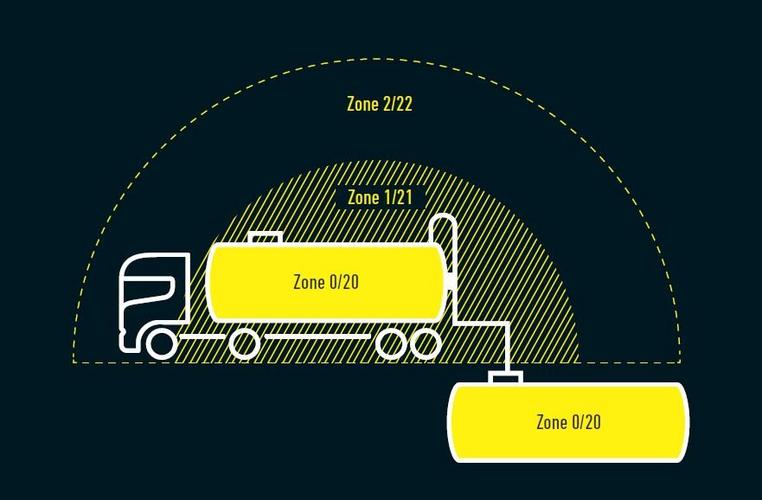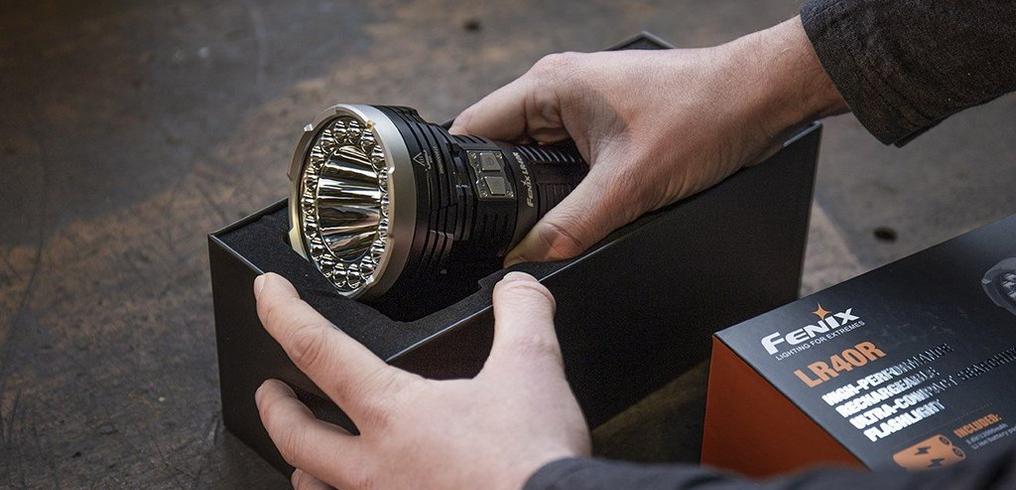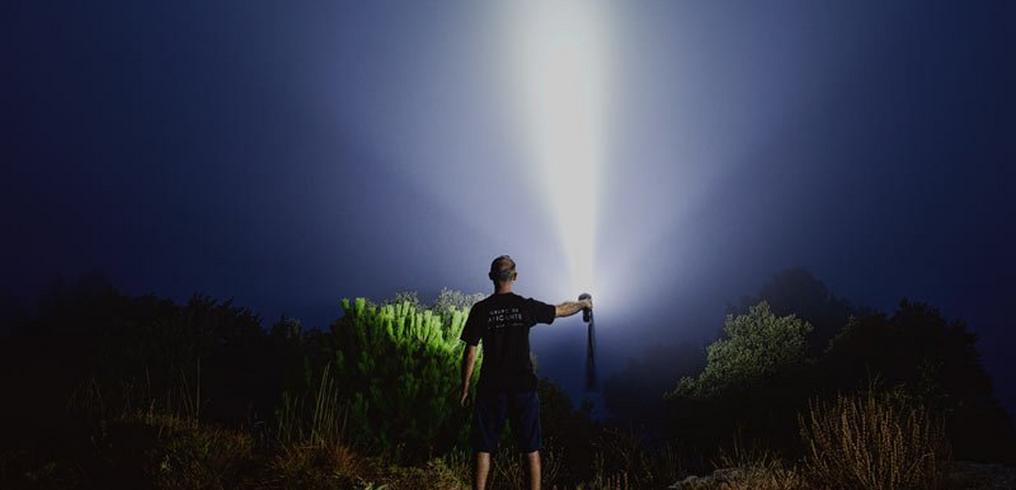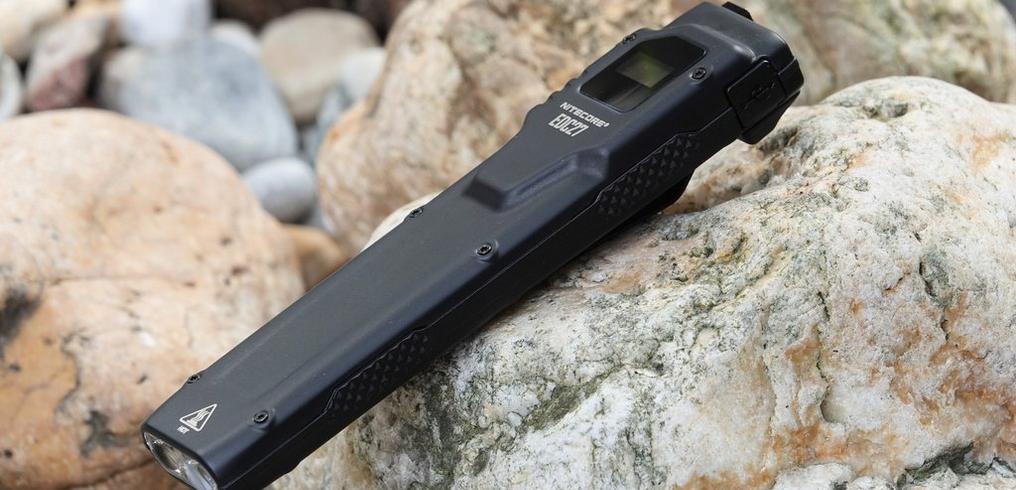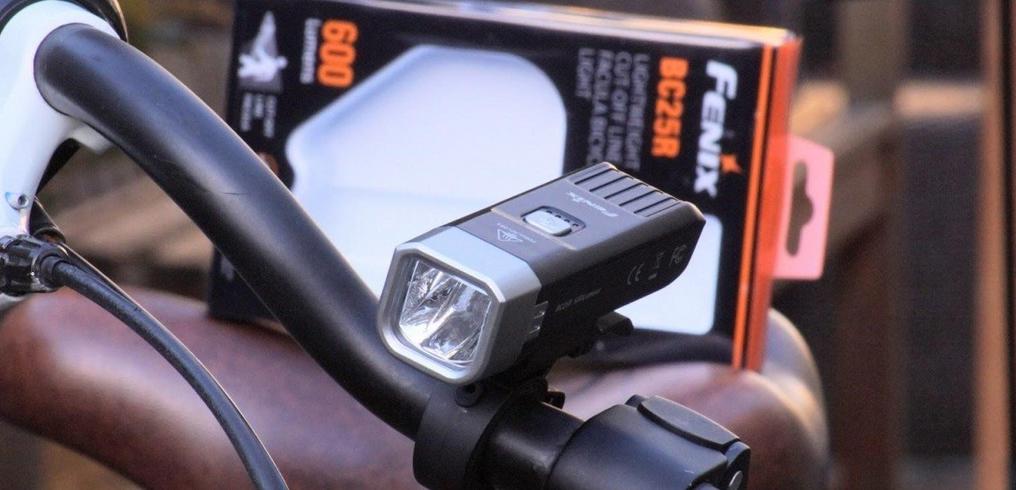What is ATEX?
Do you work in an explosive zone? If so you should carry out your job safely. Thanks to ATEX lights doing your job has become a lot safer. Not sure what the added value of ATEX lights are? Or do you want to learn more about what ATEX means? Don't worry, we would love to help you out.
First things first. Everyone always calls it ATEX. This, however, is not the official name, but an abbreviation. The abbreviation stands for ATmosphere Explosible. These lights were specifically designed for explosive areas. Each light with ATEX certification should completely adhere to ATEX guide line 114 (previously ATEX 95). Because even the smallest spark can be fatal these lights need to adhere to the highest requirements.
The cause of an explosion
In order to determine the cause of an explosion, three factors have to be taken into account. Fuel, oxygen and an ignition source. The explosive areas always contain two of these three factors. Namely fuel and oxygen. As soon as the ignition source joins the two an explosion will occur. Avoid this factor by using ATEX certified devices.
Explosive zones
A distinction has been made between zones. There are three explosive zones. Because there are different concentrates of fuel each zone also has different standards and guidelines. The appropriate zone is clearly indicated for each product.
Zones with explosive gases, vapours and mists
The first number of each zone represents the zones with explosive gases, vapours and mists. As such the flammable atmosphere is always comprised of a mixture of air and gas, vapour or mist.
- Zone 0: These spaces are always, or for the most part, located in a flammable atmosphere.
- Zone 1: A space where, in normal conditions, you only spend a short period of time in a flammable atmosphere.
- Zone 2: This zone is for spaces where, in exceptional circumstances, and for a very short period of time, a flammable atmosphere may be present.
Flammable substance zones
The second number of each zone represents the zones with a flammable substance. In these zones the flammable atmosphere consists of a cloud of a flammable substance in the air.
- Zone 20: A space where you are always, or for the most part, located in a flammable atmosphere.
- Zone 21: In this zone you need to take into account that, under normal circumstances, you can occasionally find yourself in a flammable atmosphere.
- Zone 22: You can come across these spaces in exceptional circumstances and will find yourself in a flammable atmosphere for a very short period of time.
ATEX LIGHTS FOR ZONE 0/20
Zone 0/20 are the most explosive zones. In these zones you can find a high concentrate of a flammable atmosphere. If this is higher than 10% you need to be prepared. Quickly check out our range to see all lights that can be used in zones 0/20.
ATEX LIGHTS FOR ZONE 1/21
Under normal circumstances you can find yourself in a slightly flammable atmosphere in these surroundings. It this is between 0.1% and 10% you need a light for zone 1/21. Quickly check out all lights that are perfect for these circumstances.
ATEX LIGHTS FOR ZONE 2/22
For the zones, where, under normal circumstances, you find yourself in a flammable atmosphere, for a short period of time - less than 0.1%. That is when you need to look at a light for zone 2/22. Check out all suitable lights here to make sure you can safely get to work.
